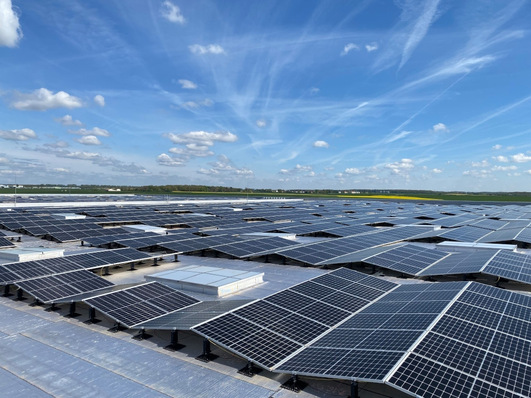Within mere hours the sky turns black, lightning flashes and torrential rains flood entire landscapes. The emergency services have to be called out to render technical assistance. Vast electrostatic potential builds up in thunder clouds which is then discharged into the ground as lightning.
A map compiled by indemnity insurers showing the density of cloud-to-ground lightning illustrates the likelihood of a lightning strike. For buildings, the chance of a lightning strike can be estimated by appropriate methods.
Most lightnings hit the ground
But a building is not only struck by the lightning that would statistically be striking within its footprint anyway. The higher a building is, the more it tends to attract lightning that would otherwise hit the ground elsewhere. So higher buildings are struck more often than low ones, and free-standing buildings are particularly exposed.
Even though lightning protection is not mandatory for family homes, it is highly recommended, not least as soon as the roof is fitted with a PV array. For public and commercial buildings, lightning protection is regulated as part of the state-wide building codes.
Take care for proper protection
Once PV has been installed, the protection needs to be adapted to the mounts and solar panels. Otherwise, in case of a direct hit, the installing company runs the risk of the lightning going through the roof, which then can begin to leak and, as a worst case, catch fire.
Also, lightning can develop such enormous amounts of power that parts of the roof can be blown off and injure people. Lightning usually can also damage the electrical installations in the building, which can result in considerable damage and hazards. (HS)
Look at this, too:
Solar advice: Risk of a lightning strike
Stay informed, get our newsletter twice a week: Register here.
Find useful products for solar generation here.
Find useful products for solar energy storage here.







